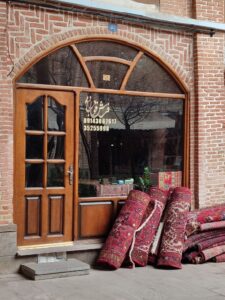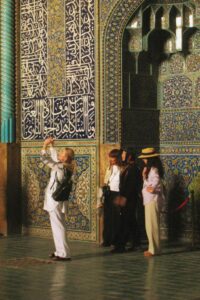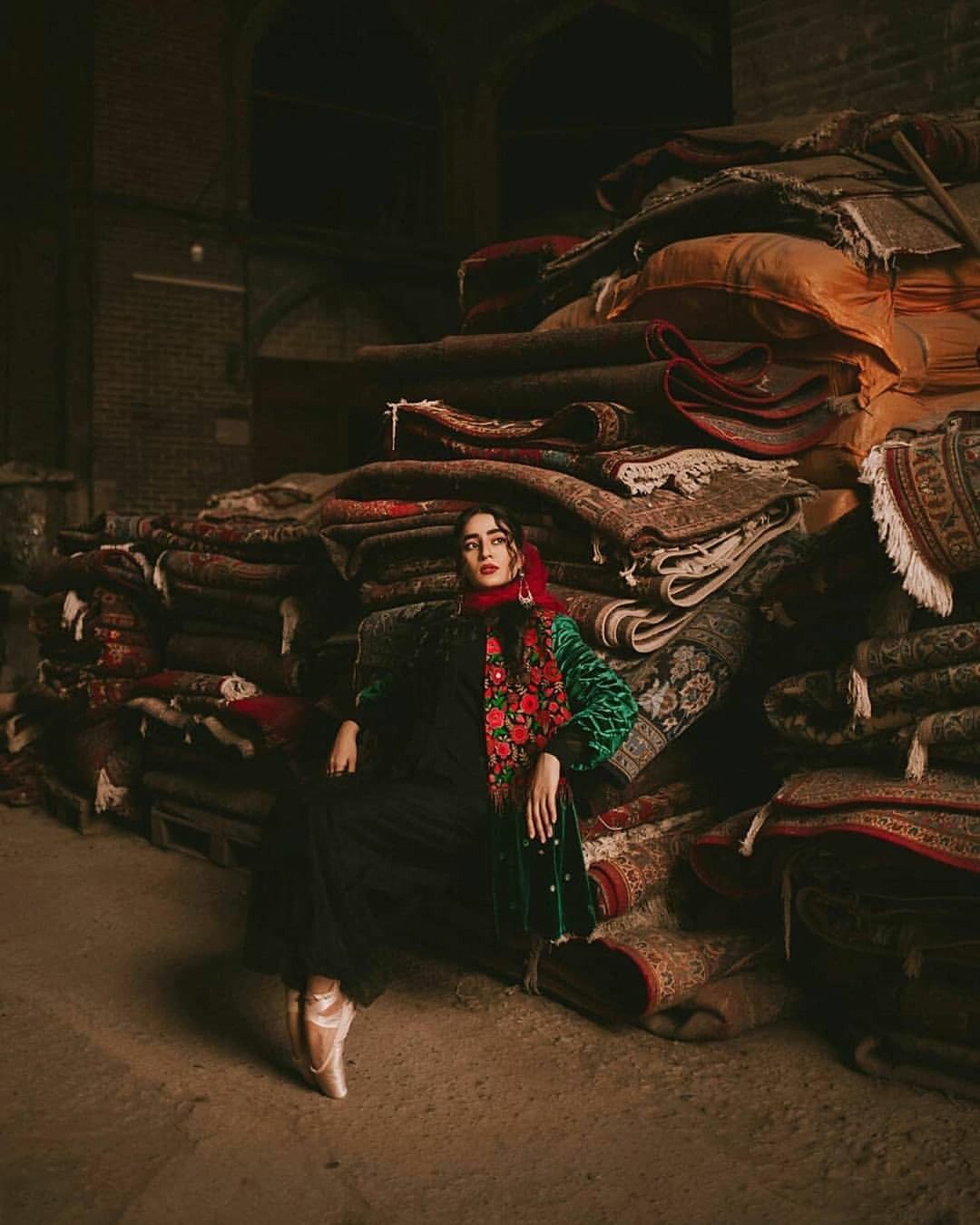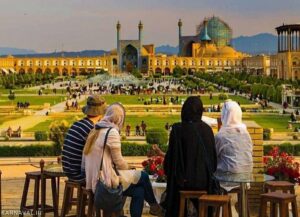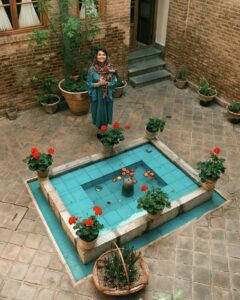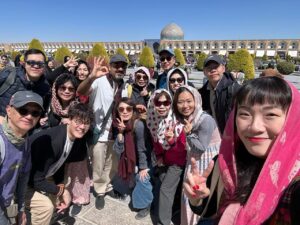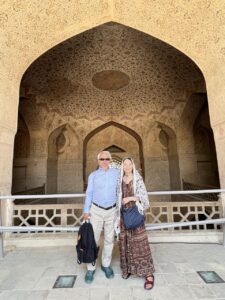Introduction
When the sun sets over the old cities of Iran, like Isfahan, Yazd, and Tabriz, the bazaars begin to breathe differently. The crowd softens, the lights warm, and the rhythmic clang of copperwork rises like an ancient melody. Here, under vaulted ceilings and mosaic domes, every sound, scent, and spark tells a story of endurance, craftsmanship, and soul.
This is not just a marketplace, it’s the heartbeat of Iran after dusk.
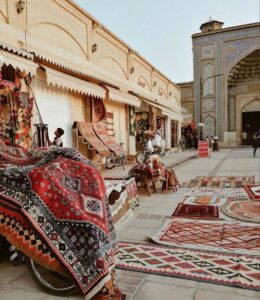
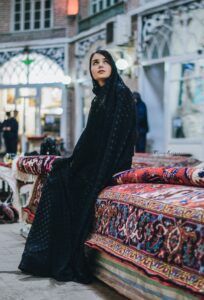
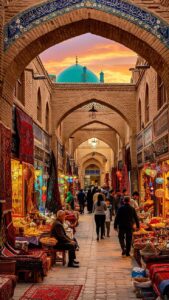
The Music of Copper: Crafting with Rhythm and Memory
In the copper lanes (bazaar-e mesgarha), artisans don’t simply make objects; they compose music.
The hammer meets the glowing metal with a tempo passed down for generations, a father to son, a master to apprentice.
Each strike carries memory: of prayer at dawn, of laughter shared over tea, of quiet pride in creating beauty with one’s hands.
Visitors who wander these alleys often pause, not to buy, but to listen. The ringing echoes blend with the murmurs of shoppers and the scent of saffron, forming a symphony that feels both timeless and alive.
You don’t need to understand the language; the sound alone tells the story.
When the Bazaar Wakes at Night
After sunset, Iran’s bazaars reveal another self.
Lanterns flicker against the copper, fabrics shimmer like twilight, and the air fills with a mix of music and murmured negotiation. Street vendors pour rosewater over ice, children run between spice stalls, and travelers find themselves lost in color.
There’s no rush here.
Time slows down, inviting you to feel instead of see. You can sip tea in a centuries-old caravanserai, talk with local artisans, or simply stand and let the atmosphere wash over you.
Night in an Iranian bazaar isn’t just beautiful, it’s intimate, like being inside the country’s beating heart.
A Living Heritage
The art of copper-making and the energy of the bazaar are both forms of living heritage. They remind us that Iranian culture isn’t frozen in museums, it moves, breathes, and glows through the hands of real people.
Every handmade bowl or lamp holds the warmth of its creator; every alley whispers of generations that refused to let beauty fade.
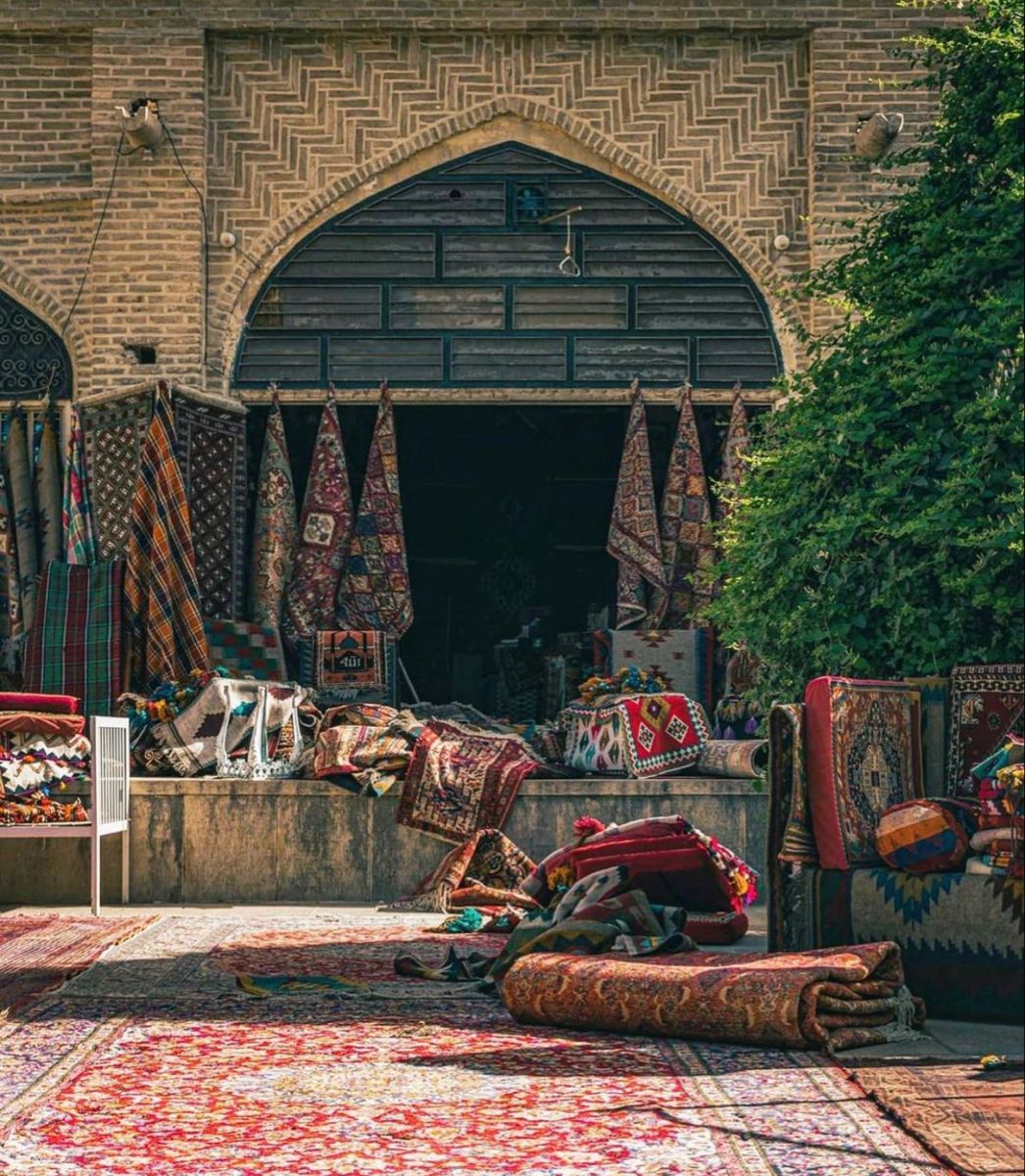
For the Traveler Who Listens
Traveling through Iran means listening, with eyes, ears, and heart.
In the bazaars of Isfahan or Tabriz, among the sparks of copper and the scent of cardamom, you’ll discover not only Iran’s artistry but its humanity.
These spaces invite you to connect, with tradition, with people, and with the timeless rhythm of creation.
To visit Iran is to enter a living orchestra of culture, where even silence hums with history.
Conclusion
The clang of copper and the hush of night create a music that belongs only to Iran.
For travelers seeking authenticity, emotion, and connection, few experiences are as unforgettable as walking through a Persian bazaar after dark, where art, craft, and spirit come together under a sky of stars and lamplight.

